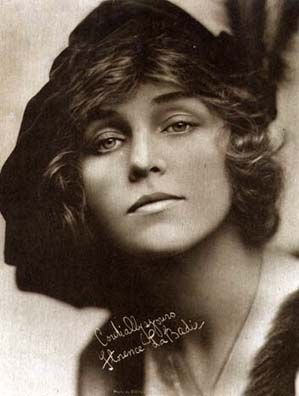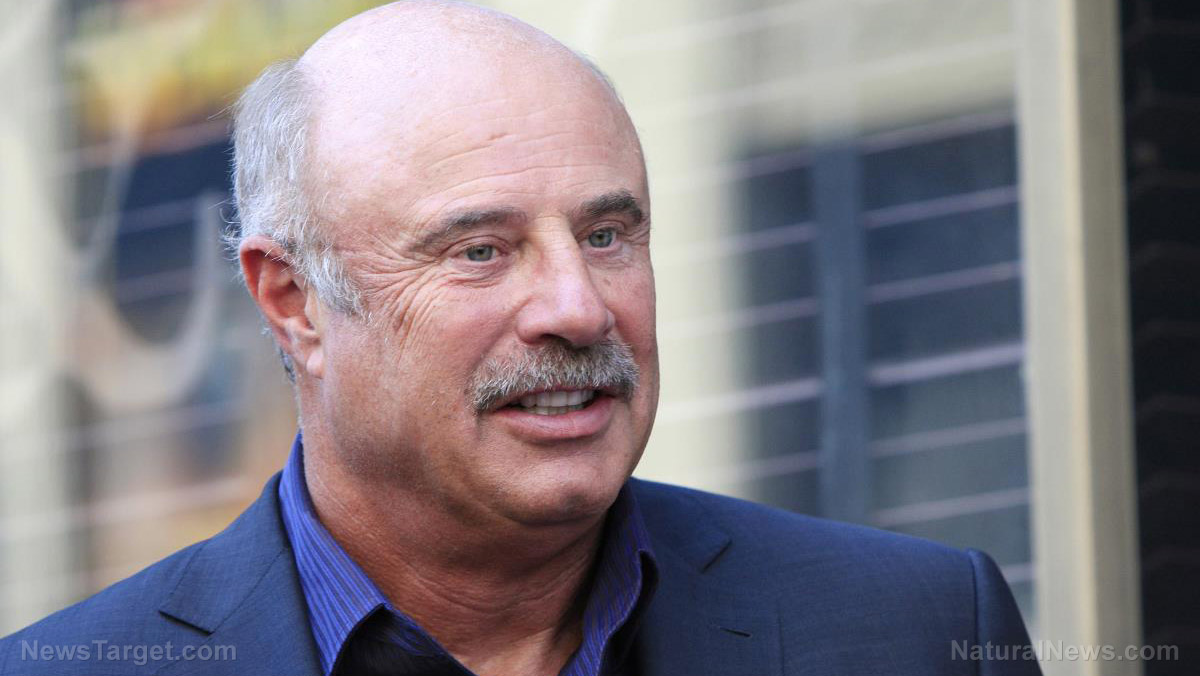Beautiful Florence LaBadie was one of the first actresses to be identified by name in the advertising for her popular movies.
(Article by Lou Lumenick)
Tragically, she would also be billed as the first major movie star death when her car flipped on a Westchester road in 1917, ending her life at the age of 29.
Nearly a century later, that moment remains shrouded in conspiracy theory, from sinister rumors that her accident was orchestrated by an American president to suspicions surrounding LaBadie’s fiance and fellow passenger, who would later figure in one of Tinseltown’s biggest scandals.
“It would make one helluva movie!’’ says Bob Evans, a retired New Jersey police detective and second cousin of LaBadie (sometimes spelled La Badie) who has done some sleuthing on this case. “At this point in time, a lot of things do remain a mystery.’’
While studio publicity claimed she was a Canadian descended from French aristocracy, LaBadie was born in modest circumstances to Horace and Marie Russ in New York City on April 27, 1888. Her father died when she was 3 and Florence’s impoverished mother put her up for adoption to Joseph and Amanda LaBadie, well-to-do French Canadians who split their time between New York and Montreal.
Educated in both countries, the classically beautiful LaBadie — who cultivated an enigmatic smile beloved by artists and photographers — began modeling as a teenager. By 1908, she was performing in road productions and at least one minor Broadway role, before being urged into movies by an actress who would become one of the most famous silent stars.
“Mary Pickford is a dear friend of mine and it was Mary who suggested that I try pictures,” LaBadie said in a 1914 magazine interview.
LaBadie appeared in 30 one-reelers made at Biograph studios on East 14th Street, often under the direction of D.W. Griffith. By April 1911, she had moved to the Thanhouser Company, where she would work exclusively for the remaining six years of her life, becoming the New Rochelle studio’s top star and making more than 166 films, including a dozen feature-length movies between 1916 and 1917.
“She didn’t look like any other star of the era,’’ says Fritzi Kramer, a silent film historian. “Her beauty is very modern and accessible, as opposed to the more kewpie-doll look of some other actresses of the period.’’
LaBadie, 5 feet 4 and 125 pounds, had light brown hair, bluish-gray eyes and a slim figure that complemented skimpy costumes considered daring for the era. She was a favorite of film magazine interviewers, telling them that she loved swimming, horseback riding and driving fast cars and boats. To one, she confessed she was more interested in trips to Coney Island than motherhood.
While she appeared in a stunning variety of contemporary and historical roles, LaBadie was most popular as an action heroine. Her most famous role was in the hugely successful 23-chapter serial “The Million Dollar Mystery’’ (1914). A fearless athlete, LaBadie, who was around 25 at the time, performed her own stunts in this elaborate cliffhanger, which reportedly returned $1.5 million on a $125,000 investment.
“By this time, Florence was among the Top Ten, and in some cases the Top Five, of exhibitors’ popularity polls,” says Ned Thanhouser, a film historian and preservationist and the grandson of her former employer, early film studio founder Edwin Thanhouser.
On the fateful day of Aug. 28, 1917, LaBadie drove up to Albany to pick up her dashing fiance, screenwriter Daniel Carson Goodman, who returned from a trip to the Adirondacks by train.
Their marriage plans were dashed on the way back to New York, when she swerved on Sope Hill in Croton (now Croton-on-Hudson) at 6:30 p.m. to avoid a collision with a couple of trucks.
Contemporary accounts say her brakes failed, the car careened down the steep hill and overturned at the bottom. Dr. Goodman was lucky: He had a broken leg from which he would soon recover.
LaBadie, however, was thrown from the vehicle, suffering a compound fracture of the pelvis and mortal internal injuries. She was taken to a hospital in Ossining, where she lingered for weeks before being pronounced dead on Oct. 13, 1917, of blood poisoning.
Services were held five days later at a Manhattan funeral home, attended by several hundred people including many film studio employees. Oddly absent was her adoptive mother, with whom LaBadie was living in a Manhattan hotel at the time of the accident, according to an obituary.
Though the LaBadies were affluent Catholics, Florence was laid to rest in an unmarked grave in nonsectarian Green-Wood Cemetery in Brooklyn. Thanhouser has discovered that just five days before her death, LaBadie’s birth mother — then a patient at the Home for Incurables in the Bronx — signed an affidavit allowing Florence to be buried in a Green-Wood plot purchased by her late grandmother.
LaBadie seemed fated to be forgotten until a former movie publicist named Charles Foster published a book titled “Stardust and Shadows: Canadians in Early Hollywood’’ in 2000. A chapter on LaBadie advanced the astounding claim that she was the mistress of a smitten President Woodrow Wilson, had become pregnant, and put a son up for adoption. It also alleged that Wilson had ordered a federal agent to cut the brakes on her car to cover up the alleged scandal.
This tabloid-ready tale — which largely comes from a 93-year-old former newspaper reporter who supposedly covered the original crash — has never gained traction with either film or presidential historians, who point out numerous conflicts with documented facts. But it’s been endlessly repeated on the internet — and, sometimes, LaBadie’s Wikipedia page.
“It’s not hard to imagine the movie pitch — before Kennedy had Marilyn and Clinton had Monica, Wilson had Florence,” says Thanhouser, who has helped debunk the story.
But both Thanhouser and Evans (who thinks the accident investigation was probably cursory) believe the presence of Goodman in the car seems suspicious, given his involvement in a major scandal just seven years later.
Goodman was a Chicago-born physician who gained notoriety when the publisher of his racy 1913 novel “Hagar Revelly’’ beat federal obscenity charges in Manhattan. He parlayed that into a career as a screenwriter, and by 1924, Goodman was an executive for legendary publisher William Randolph Hearst’s movie studio. Goodman was a passenger on board Hearst’s yacht — along with Hearst, Hearst’s mistress Marion Davies, Charlie Chaplin and other luminaries — during a 1924 cruise to celebrate the 44th birthday of film producer Thomas Ince.
When Ince took ill, he was treated by Goodman, who accompanied him to a hospital. Ince died the next day under the care of another doctor, who blamed a heart attack. No autopsy was performed before Ince’s body was cremated. For decades, though, historians have speculated that Ince had actually been shot on the yacht — possibly by the press lord himself — and that Hearst had used his vast influence to cover up the scandal. (When Goodman died in 1957, his obituaries mentioned neither LaBadie nor Ince.)
Blogger Kramer dismisses this as a mere coincidence — and she says they abounded because “everybody knew everybody else’’ in the formative years of the movie industry. For instance, two of LaBadie’s colleagues at Biograph, Robert Harron and Clarine Seymour, both died under ambiguous circumstances in 1920, three years after LaBadie.
Most of LaBadie’s films don’t survive, but Thanhouser has been involved in the preservation of several, which can be streamed at thanhouser.org. In 2014, he raised $6,000 to place a headstone at her grave.
Like Thanhouser, Kramer also argues that LaBadie deserves to be remembered more for her acting — which holds up better than many of her contemporaries — than for her tragic death.
“She had an easy, casual way of acting that really set her apart,’’ Kramer says. “During this era, stage mannerisms were still competing with the more natural style of movie acting that would become the norm. LaBadie was the future — she had the look and attitude for the 1920s.’’
Read more at: nypost.com




















